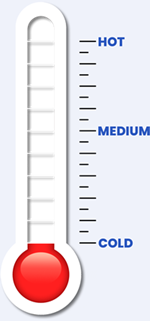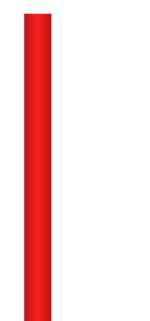-
 Census 2021 Data
Census 2021 Data -
 Homes & Property
Homes & Property -
 Law and Order
Law and Order -
 Jobs & Economy
Jobs & Economy -
 Learning & Schools
Learning & Schools -
 Essential Services
Essential Services -
 Travel & Transport
Travel & Transport -
 Local Amenities
Local Amenities -
 Leisure & Recreation
Leisure & Recreation -
 Environment
Environment
Yield
WS9 9AU
This section gives the estimated property yield for the postcode based on our own unique algorithms, comparing it to the national average. We analyse gigabytes of data to explore why yields might be higher, lower, or in line with expectations. From local market trends to demand and property types, the data paints a clear picture of investment potential in WS9 9AU.
Estimated yield for property investors
0%
Yield
The estimated yield for the WS9 9AU postcode area is 0%, which is lower than the national average yield of 3.8%.


Summary
Property yields in WS9 9AU are lower than average, which might reflect a more mature or stable market where opportunities for high returns are limited.
The combination of lower yields and higher levels of crime might indicate that the area is significantly less desirable for high-return investments due to its lack of safety. However, it could still appeal to those seeking stable, long-term growth.
The urban nature of WS9 9AU suggests that the area is well-connected and densely populated, which typically correlates with strong rental demand and potentially higher yields.
With a lower rate of home ownership, the rental market in WS9 9AU is likely more active, offering greater opportunities for investors to capitalise on demand.
Despite the urban appeal, a lower safety score might deter some potential tenants, which could impact rental demand and yield stability.
Factors affecting yield in WS9 9AU
Understanding property yield involves considering various factors like affordability, income, and crime rates. These elements influence rental demand, property values, and ultimately, the return on investment.
Property Yield (%)
Yield represents the income earned from a property as a percentage of its value. A higher yield in WS9 9AU indicates a more lucrative investment, shaped by factors like rental income, property costs, and local market conditions.
Property Affordability
This assesses how affordable properties are when compared to the local income levels. Lower affordability in WS9 9AU may result in higher rental demand, potentially improving yields, though it could reduce buyer interest, affecting future property values.
Rental Affordability
This measures the fraction of household income in WS9 9AU is allocated to rent. If rent is too high, tenant demand may fall, impacting yield. Balanced rent-to-income ratios, however, can attract tenants who are likely to stay longer, providing stable yields.
Household Income
Greater household income often allows residents to pay higher rents, enhancing yield potential. But in affluent regions, the higher property prices could reduce the yield percentage, despite solid rental returns.
Urban Location
Urban areas usually see higher yields thanks to robust rental demand, particularly in cities with a young, transient population. However, the high property prices common in urban settings can lower the yield percentage despite strong rental returns.
Employment Score
High employment is often a sign of economic trouble, which can lower rental demand and increase vacancy rates, reducing yield. Low unemployment generally suggests a stable economy, encouraging higher rental demand and improving yields.
Outright Ownership
When a large proportion of homes are owned outright, it often signals a stable community with less need for rental properties, which might reduce yields. Areas with fewer outright owners typically have more rental demand, leading to potentially higher yields.
Crime & Safety Levels
Crime rates play a crucial role in determining yields; high crime can deter renters and reduce property values, leading to lower yields. Low crime rates, however, attract more renters and buyers, boosting property values and enhancing yields.
Best Performing Yields
The following postcodes within the WS9 location current have the highest performing yields:
Methodology
Our property yield estimates are derived from a custom algorithm built by PostcodeArea that combines data from the Census 2021 and other reliable third-party sources.
This algorithm evaluates several key factors - including affordability, rental affordability, household income, urbanisation, unemployment rates, property ownership levels, and safety. We do this by assigning weighted scores to each factor. These factors are chosen for their relevance to property investment, with the yield percentage itself carrying the most weight due to its direct impact on potential returns.
The algorithm also incorporates conditional logic to assess how different combinations of these factors might influence property yield. For example, a neighbourhood with high rental affordability and strong income levels might indicate robust rental demand, leading to higher yields.
Conversely, areas with high unemployment and low income could see reduced rental demand, potentially lowering yields.
By considering these interactions, the algorithm provides a more nuanced estimate than simple averages or single-factor analyses.
It's important to note that these yield figures are general estimates intended as a guide rather than precise calculations. While the algorithm offers valuable insights based on historical and statistical data, it may not fully capture the unique aspects of each neighbourhood or current market conditions.
Investors should use this information as a starting point for further analysis and consider it alongside other factors such as market trends and personal financial goals.






